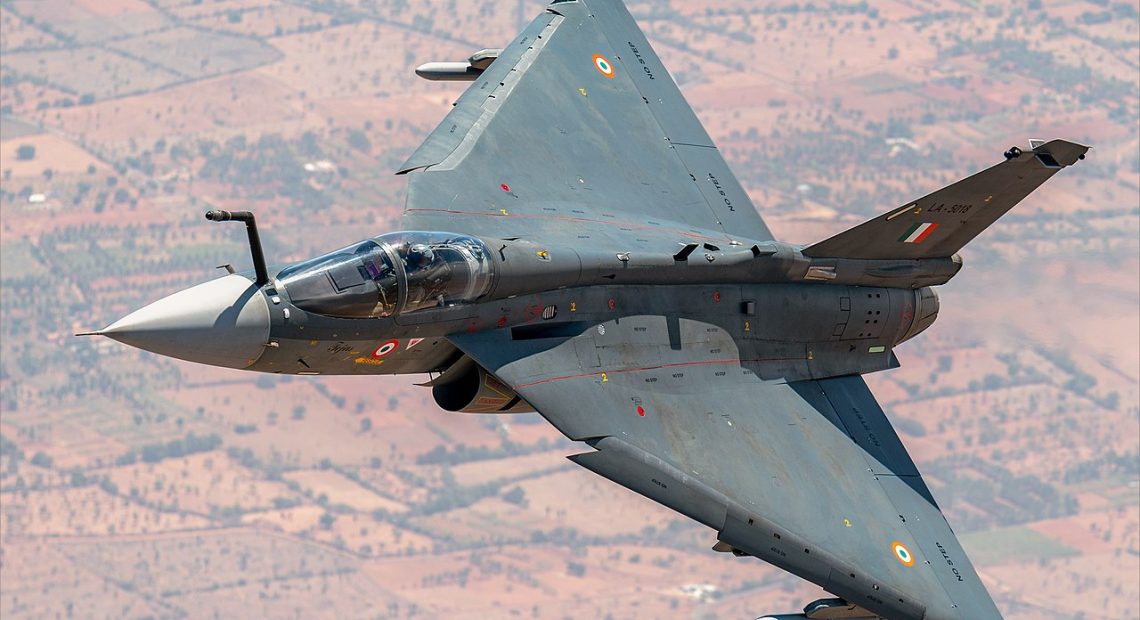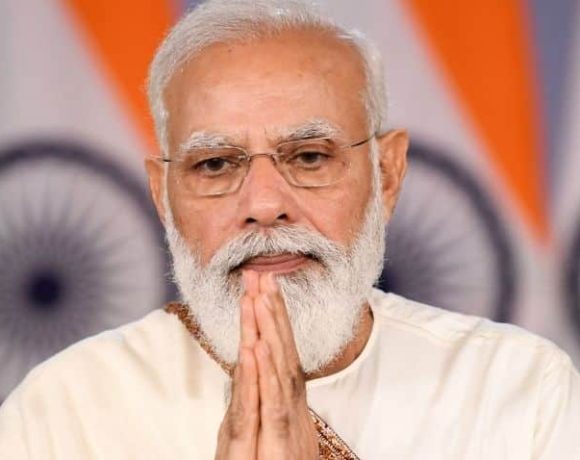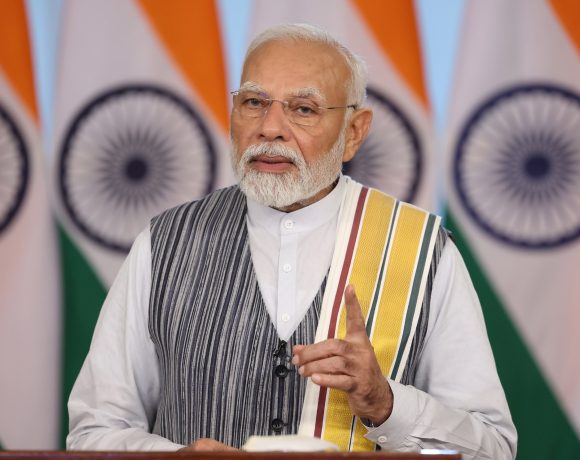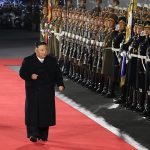
IAF May Back Indigenous Kaveri Engine to Replace GE F404 in Tejas Mk1A
In a significant push towards aerospace self-reliance, the Indian Air Force (IAF) is likely to support the revival of the indigenous Kaveri engine program to power future variants of the Tejas Mk1A light combat aircraft. This initiative seeks to replace the US-made General Electric F404 engines currently used in the fighter jets, marking a major step in India’s efforts to reduce dependency on foreign suppliers.
Strategic Need for Indigenous Propulsion
The IAF has projected a long-term operational plan involving approximately 220 Tejas Mk1A jets over the next four decades. To sustain such a fleet, over 700 engines—including spares and replacements—would be required. Developing a domestically produced engine not only addresses supply chain vulnerabilities but also enhances India’s strategic autonomy in defense technology.
Two-Phase Engine Development Plan
The Gas Turbine Research Establishment (GTRE), India’s premier aero-engine R&D organization, is steering the program in two phases:
-
Phase 1 – Kaveri Derivative Engine (KDE): A refined version of the original Kaveri engine is being developed with an added afterburner to generate around 73–74 kN of wet thrust. This stage will focus on validating the core design, materials, and manufacturing technologies required for high-performance jet engines.
-
Phase 2 – Kaveri 2.0: A more advanced engine with a target wet thrust of 90 kN is envisioned to outperform the F404 currently used in the Tejas Mk1A. This engine would be suited not only for upgraded Tejas variants but could also be a candidate for future indigenous platforms.
Timelines and Integration
The Kaveri 2.0 is expected to be ready within 6–7 years, coinciding with the mid-life upgrade schedule for the Tejas Mk1A fleet. If development stays on track, it could enable a smooth transition to an indigenous powerplant during the aircraft’s service refits, reducing foreign dependence and increasing long-term sustainability.
The move signals a renewed confidence in India’s engine development capabilities and aligns with the broader national objective of achieving self-sufficiency in critical defense technologies.


















